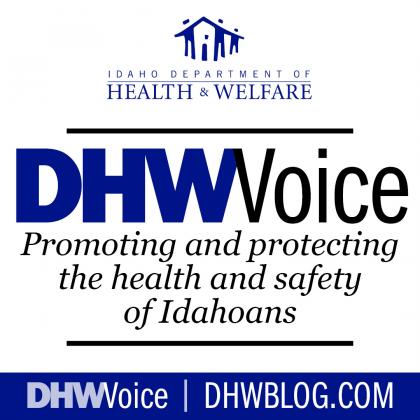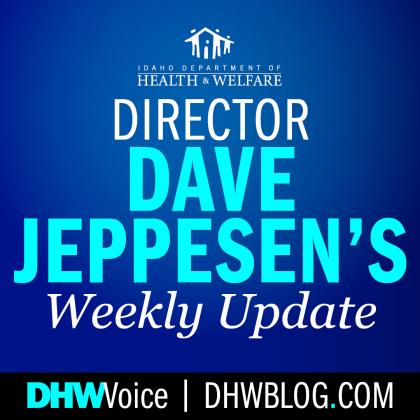If you’re struggling, we can help
The holidays can be a difficult time for many – financial pressures, stress, and emotional issues can feel overwhelming.
If you’re struggling this holiday season, we can help. The Department of Health and Welfare offers an array of services ranging from food assistance to help with a substance use disorder or mental health crisis — and a whole spectrum of services in between.
988 Suicide and Crisis Lifeline
The 988 Suicide and Crisis Lifeline provides support to Idahoans who are experiencing a behavioral health crisis. Dialing 988 in Idaho leads callers to the Idaho Crisis and Suicide Hotline. Anyone experiencing thoughts of suicide, mental health issues, substance use crisis, or any other kind of emotional distress can call or text 988 all day every day. People can also dial 988 if they’re worried about a loved one who may need crisis intervention. For more information: https://call988idaho.com/
211 Idaho CareLine
The Idaho CareLine is a free, statewide community information and referral service. Simply dial 211 on your phone between 8 a.m. and 6 p.m. Mountain Time to get in touch with a community resource specialist who can help with a wide range of programs and services, including all of the programs and services listed below. For more information about the 211 Idaho CareLine visit https://healthandwelfare.idaho.gov/services-programs/211
Food assistance
The Supplemental Nutrition Assistance Program (SNAP), formerly known as the Idaho Food Stamps Program, helps low-income families buy the food they need to stay healthy. Learn more by visiting https://healthandwelfare.idaho.gov/services-programs/food-assistance/about-snap
Women, Infant, & Children (WIC) is a federally-funded supplemental nutrition program for Women, infants, and children up to the age of 5. The program’s goal is to help families by promoting healthy lifestyle choices. More about WIC: https://healthandwelfare.idaho.gov/services-programs/food-assistance/about-wic
Additional community food resources include the school lunch program, summer meal program, statewide food program, and emergency food assistance programs. For more information about, or to apply for, community food resource programs: https://healthandwelfare.idaho.gov/services-programs/food-assistance/school-lunch-program
Financial assistance
Aid to the Aged, Blind, and Disabled (AABD) program may be able to provide cash assistance for people who are 65 or older, blind, or disabled. Those who are eligible will receive a small payment each month to help with living expenses. More information: https://healthandwelfare.idaho.gov/services-programs/financial-assistance/about-aabd-cash-assistance
Temporary Assistance for Families in Idaho (TAFI) provides temporary cash benefits for eligible low-income families to help pay for food, clothing, shelter, and other essentials. More information: https://healthandwelfare.idaho.gov/services-programs/financial-assistance/about-tafi
Home and utility assistance is also available and includes a range of programs:
- Weatherize your home: https://healthandwelfare.idaho.gov/services-programs/financial-assistance/home-heating-and-utility-assistance/about-weatherization
- Heating assistance: https://healthandwelfare.idaho.gov/services-programs/financial-assistance
- Telephone assistance: https://healthandwelfare.idaho.gov/services-programs/financial-assistance
- The Low Income Household Water Assistance Program helps low-income families pay their water and wastewater bills. More info: https://healthandwelfare.idaho.gov/services-programs/home-heating-and-utility-assistance/about-water-assistance
Healthcare assistance
Medicaid offers healthcare coverage for people in a variety of life situations and an array of health needs, including coverage for low-income adults, children, pregnant women, the elderly, and people with disabilities. More info: https://healthandwelfare.idaho.gov/services-programs/medicaid-health



Join the Discussion
Please note the following terms of participation in commenting on the DHW Voice blog.
To ensure a productive discussion you agree to post only comments directly related to this post and to refrain from posting obscenities; threatening, abusive or discriminatory language; sexually explicit material; and other material that would violate the law if published here; promotional content; or private information such as phone numbers or addresses. DHW reserves the right to screen and remove inappropriate comments.